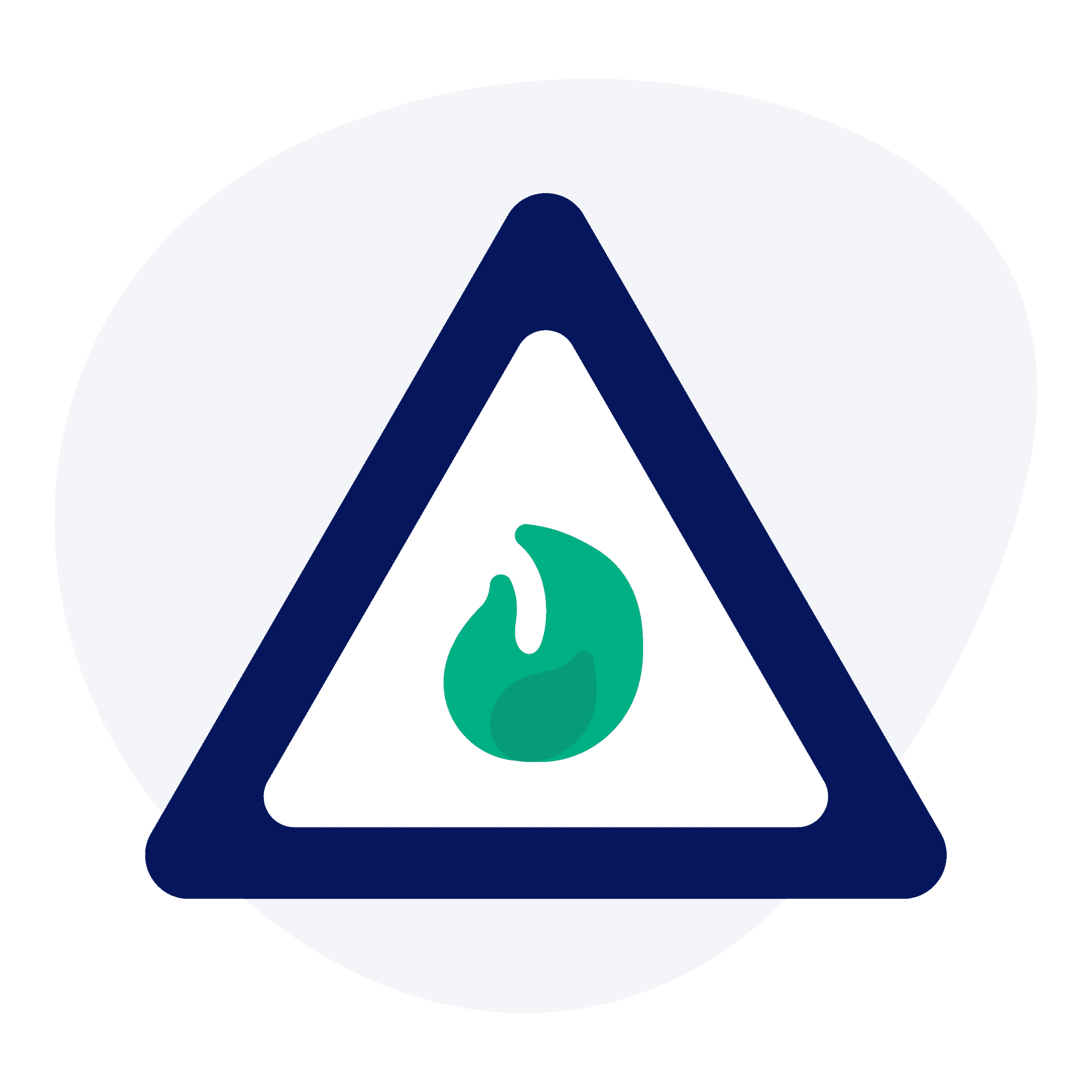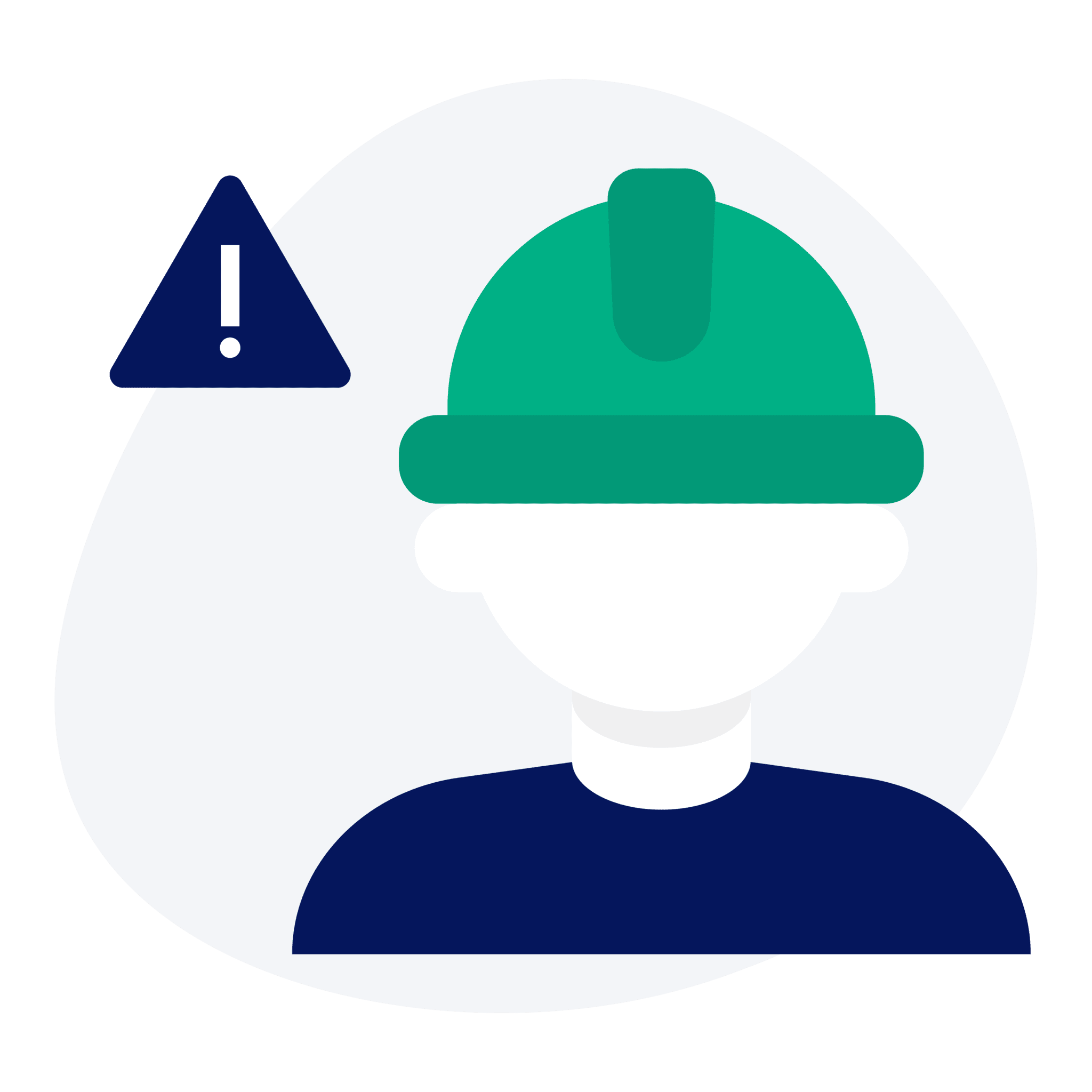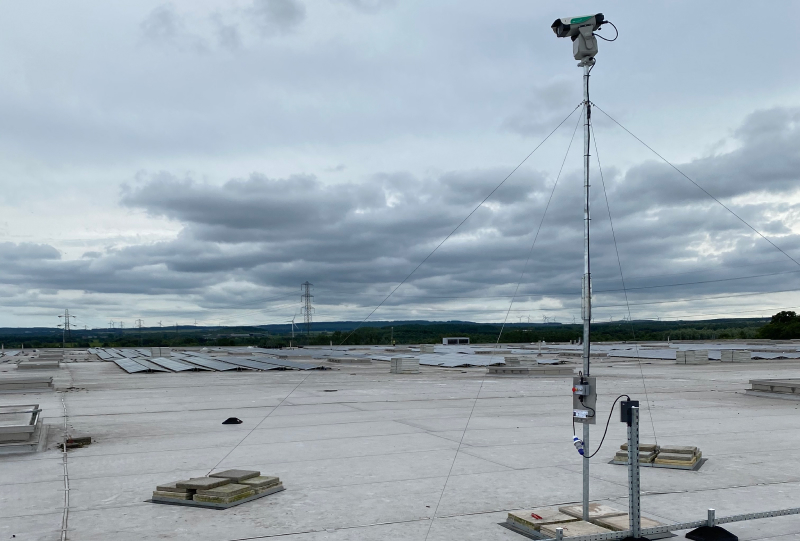The best systems are often programmable bio-acoustic devices, which can be tailored to target specific bird species by using appropriate calls and adjustable sound patterns. These can cover large areas and are especially useful in open spaces like farms, gardens, warehouses, or rooftops where physical barriers (nets or spikes) aren’t practical.
Audible bird scarers work by playing predator calls and distress signals that trigger pigeons’ natural fear instincts, making them avoid or flee the area. To be successful, sound deterrents need to vary in timing and type, as pigeons can quickly learn to ignore repetitive noises.
Well designed systems use different calls, adjustable volume and random intervals, sometimes with motion sensors or remote activation, to keep pigeons guessing. Sonic deterrents can cover large areas, with some commercial systems protecting an entire roof or garden
Why prevention is crucial to commercial bird control

Fire Hazards

Leakage

Unsafe work conditions

Transmitted diseases

Damage to buildings
Limitations of Using Sonic Deterrents
While sonic deterrents are a valuable tool for keeping pigeons away, they do have limitations and must be used properly for the best results. Pigeons can adapt to repetitive sounds if they are not varied, so devices with changing calls or motion triggers work better.
Ultrasonic devices alone are usually ineffective for pigeons, so it is best to use audible sounds or a combination. Correct placement is crucial, as sound coverage depends on range and obstacles. Sonic deterrents work best as part of a wider plan that includes visual scarers and physical barriers, especially for persistent pigeons.
Effortless bird control
Our Happy Customers
Thousands of customers from different sectors worldwide rely on our bird control services to solve their bird problems.
Pigeon Sonic Deterrents FAQs
Get a Quote
To provide you with the local support that you need, we rely on a network of trusted partners around the world. Please fill out the form below to begin.



